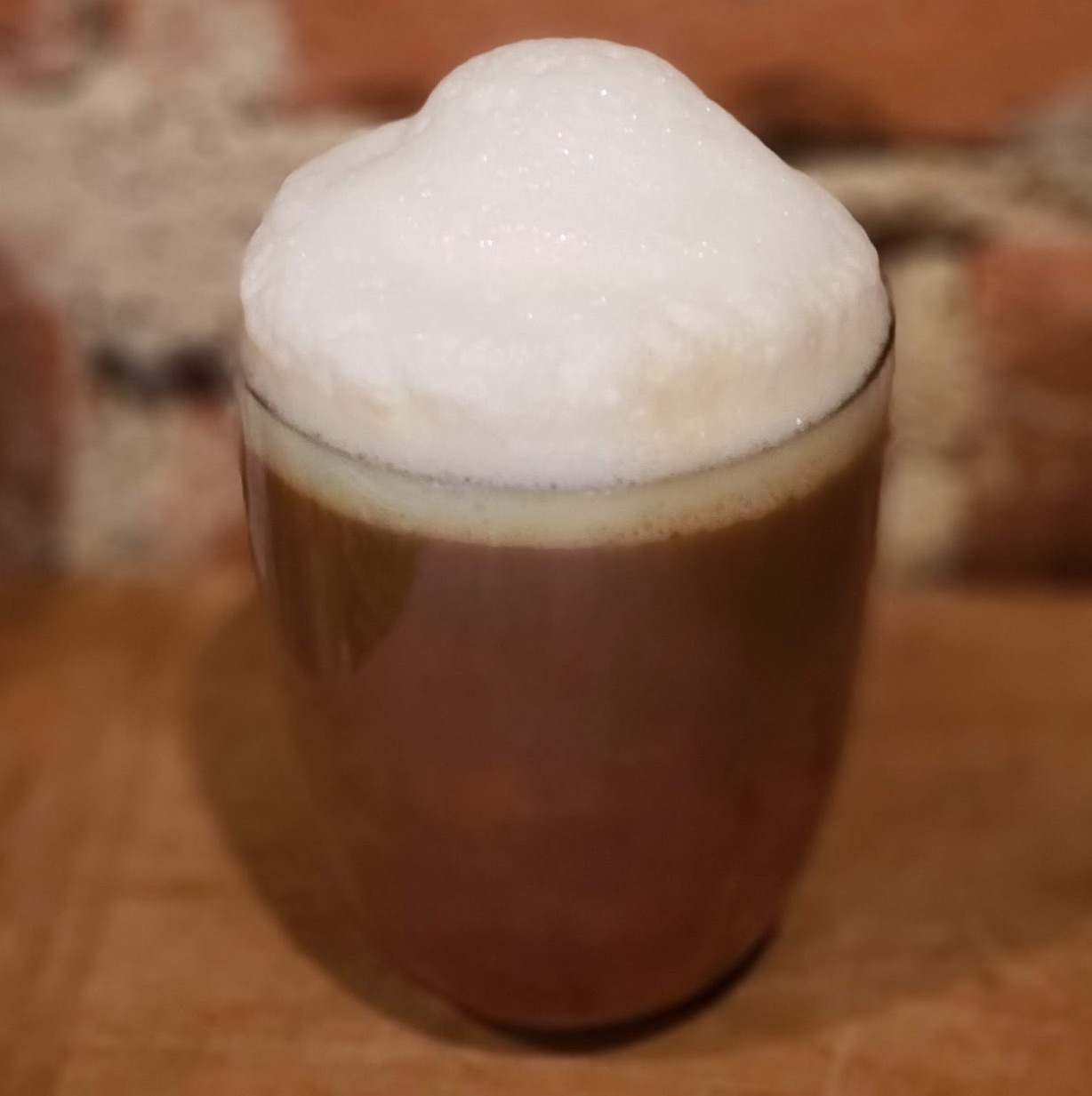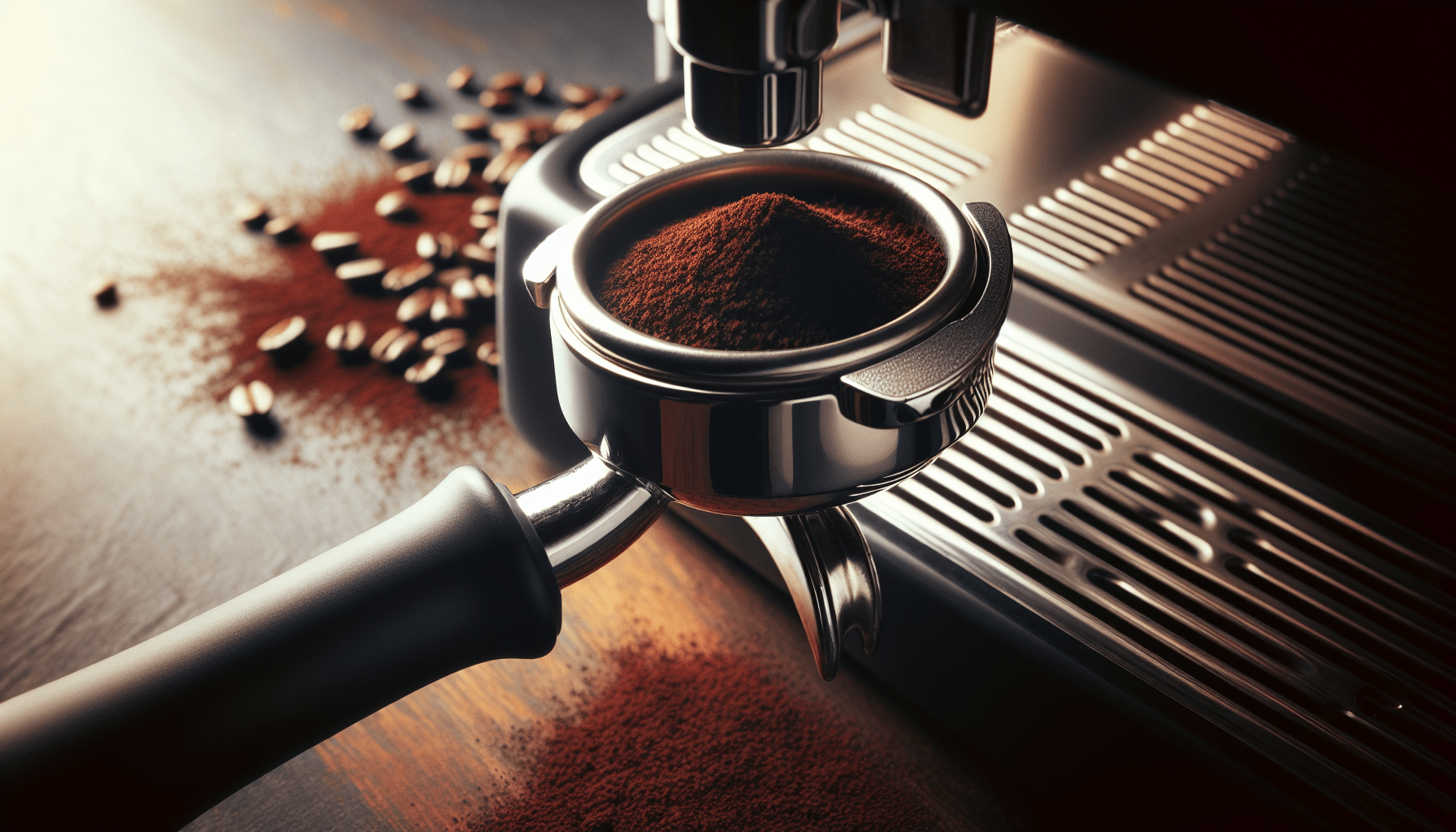In this article, we will explore the best types of milk for frothing with a semi-automatic espresso machine. Whether you prefer a creamy latte or a velvety cappuccino, the type of milk you use can greatly affect the quality of your froth. With various options available, including whole, low-fat, and non-dairy alternatives, we will discuss the characteristics of each type and which one is best suited for achieving that perfect froth for your favorite espresso drinks. Let’s dive into the world of frothing milk and elevate your coffee experience! What types of milk can I use for frothing with a semi-automatic espresso machine?
Many Options to Choose From
When it comes to frothing milk for your semi-automatic espresso machine, there are several types of milk you can choose from. Each type of milk has its own unique characteristics that impact the frothing process and the overall taste of your espresso beverages. Let’s explore the best types of milk for frothing with a semi-automatic espresso machine.
Whole Milk
If you’re looking for a rich and creamy froth, whole milk is a great option to use with your semi-automatic espresso machine. The higher fat content in whole milk helps to create a thick and velvety foam that enhances the texture and flavor of your espresso beverages.
2% Milk
2% milk is another popular choice for frothing with a semi-automatic espresso machine. It has a lower fat content compared to whole milk, but still produces a good amount of froth with a slightly lighter texture. 2% milk is a versatile option that works well in a variety of espresso drinks.
Skim Milk
If you’re looking for a lighter and airier froth, skim milk is a suitable option for frothing with a semi-automatic espresso machine. Skim milk has the least amount of fat, resulting in a froth that is less dense but still provides a smooth and creamy texture to your espresso beverages. Skim milk is a good choice for those who want to enjoy espresso drinks with less fat content.
Non-Dairy Milk Alternatives
For those who are lactose intolerant or following a vegan diet, there are plenty of non-dairy milk alternatives that can be frothed with a semi-automatic espresso machine. Popular options include almond milk, soy milk, oat milk, and coconut milk. Each non-dairy milk alternative has its own unique flavor profile and frothing characteristics, so it’s worth experimenting with different options to find the one that best suits your preferences.
How to Froth Milk with a Semi-Automatic Espresso Machine
Now that you’ve chosen the type of milk you want to froth with your semi-automatic espresso machine, it’s time to master the frothing process. Here’s a step-by-step guide on how to froth milk like a pro:
- Fill the frothing pitcher with the desired amount of milk, making sure not to exceed the maximum fill line.
- Purge the steam wand by releasing a bit of steam to remove any condensation.
- Place the steam wand into the milk, positioning it slightly off-center to create a whirlpool effect.
- Turn on the steam wand and froth the milk while keeping the steam wand submerged below the surface of the milk.
- Slowly raise the steam wand as the milk expands and continue frothing until you reach your desired level of foaminess.
- Turn off the steam wand and wipe it clean with a damp cloth.
- Give the frothing pitcher a few taps on the countertop to remove any large air bubbles.
- Swirl the milk in the pitcher to incorporate the foam and achieve a smooth texture.
Tips for Frothing Milk with a Semi-Automatic Espresso Machine
Frothing milk with a semi-automatic espresso machine may take some practice to perfect, but with a few helpful tips, you’ll be able to achieve professional-quality froth in no time:
- Use cold milk: Cold milk froths better than warm milk, so be sure to start with chilled milk for the best results.
- Monitor the temperature: To avoid scalding the milk, use a thermometer to keep track of the temperature while frothing. The ideal frothing temperature ranges from 140°F to 160°F.
- Practice makes perfect: Experiment with different frothing techniques and milk types to find the perfect froth consistency that suits your taste preferences.
- Clean the steam wand: After each use, make sure to wipe down the steam wand with a damp cloth to prevent milk buildup and maintain optimal frothing performance.
Conclusion
Frothing milk with a semi-automatic espresso machine is a fun and rewarding process that allows you to customize the texture and flavor of your espresso beverages. By choosing the right type of milk and mastering the frothing technique, you can create delicious and creamy espresso drinks right in the comfort of your own home. Whether you prefer whole milk for a rich foam or skim milk for a lighter froth, there are plenty of options to explore and enjoy. So, grab your frothing pitcher and steam wand, and start frothing like a pro!




